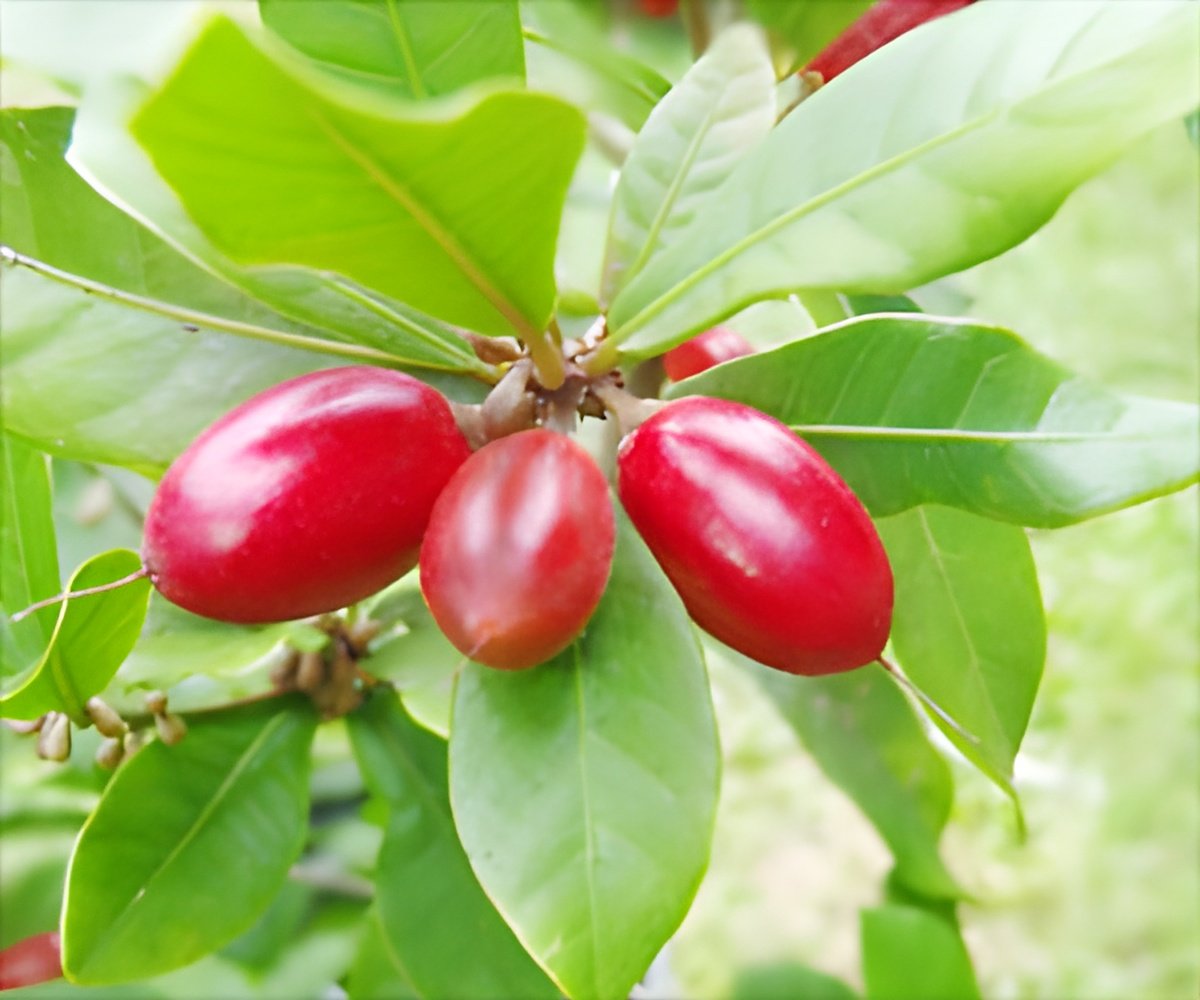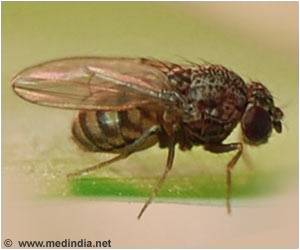In-depth descriptions of flower and fruit developmental stages of the miracle fruit could provide methods to manipulate flowering and fruit development.

TOP INSIGHT
In-depth descriptions of flower and fruit developmental stages of the miracle fruit could improve understanding of pollination ecology and methods to manipulate flowering and fruit development.
Analyses indicated that a miracle fruit flower took 100 days to develop from reproductive meristem to full anthesis. The scientists found that the flower development could be divided into six distinct stages based on size and appearance of the flower bud.
Heavy fruit dropping was observed at 40 to 60 days after anthesis, which contributed to low fruiting percentage. The fruit with persistent style developed and ripened 90 days after anthesis. "Successful pollination coupled with proper nutrient and water management could decrease premature fruit drop and obtain greater miracle fruit yield," the authors said.
"From the observations on the flowering behavior and flower architecture in this study, miracle fruit is suggested to be insect-pollinated and has features that prevent self-fertilization," the scientists noted. They recommended further research on pollination ecology be performed to identify the pollinator for miracle fruit.
Source-Eurekalert
 MEDINDIA
MEDINDIA




 Email
Email










